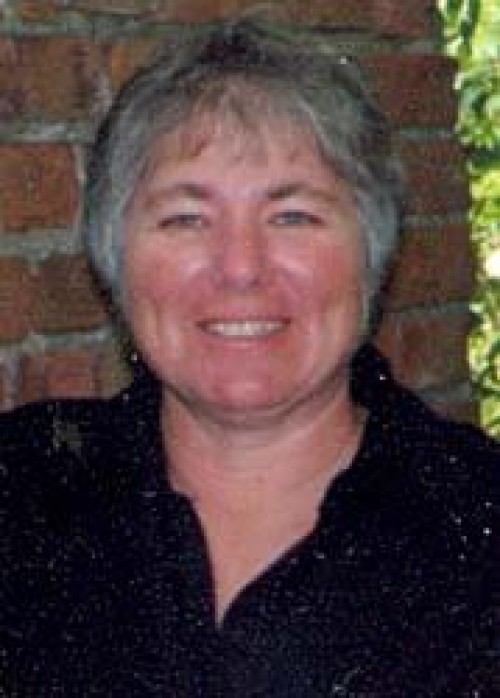
Dierdre A. Badeaux
June 14, 2011Thursday, June 16
June 16, 2011The MLB Draft is over.
Now, it’s time to sit and wait to see who will sign and who will return to school before the Aug. 15 deadline.
That’s the mood in LSU as the Tigers had seven players selected in the 50-round draft, headlined by outfielder Mikie Mahtook, who was picked in the first round as the No. 31 overall pick.
LSU coach Paul Mainieri suspects some of his players will stay and some will go, even adding that it takes a little bit of luck to determine which teams will get smashed by the draft and who will be glittered with returnees when 2012 rolls around the corner.
Below are LSU’s selections and odds on how likely they are to sign with their clubs.
Time will tell if Lady Luck is on the Tigers’ side this year.
Round 1: No. 31 overall, junior outfielder
Mikie Mahtook, Tampa Bay Rays
It’s not difficult to see why Mahtook was taken in the first round. It’s actually probably more difficult to figure why 30 players were taken ahead of this five-tool future superstar. Mahtook was at or near the top of the Southeastern Conference in virtually every hitting category in 2011, hitting .383 with 14 home runs and 56 RBI in his junior season. The Rays hope Mahtook can fill the void in the outfield left by former all-star Carl Crawford, who recently left the organization in free agency.
SIGNABILITY: Barring an extremely low-ball offer or an epic failure to communicate, Mainieri said Mahtook will sign with the Rays and begin his professional career. There are a few exceptions, but first round picks just don’t historically return to school. There’s nowhere to go but up, so why risk it?
Round 11: No. 358 overall,
Tyler Jones, Minnesota Twins
Jones struggled to make the transition from junior college to Division I college baseball, tossing just a 5.22 ERA in close to 40 innings. But scouts tout that Jones has all of the mechanical tools to be a professional success and he was picked far higher than his collegiate production level. The Twins have a good history of developing prospects, so don’t be surprised if Jones makes it at the next level.
SIGNABILITY: With LSU fielding a weekend pitching rotation comprised totally of freshmen in 2011, there’s no room for Jones to make headway and earn more playing time at LSU. As a result, Mainieri said before the draft that Jones would sign, regardless of where he was selected in the draft.
Round 13: No. 412 overall,
Matty Ott, Boston Red Sox
Matty Ott will go down in history as one of the most popular baseball players in LSU history because of his success in the College World Series as a freshman. After a sluggish sophomore season, Ott regained his form as a junior and recorded six saves with a 2.60 ERA in 26 appearances. But the pitcher still struggled in the biggest spots of the season, blowing several critical saves that ultimately helped keep LSU out of postseason play.
SIGNABILITY: Ott’s situation is probably the toughest nut to crack out of the bunch. In theory, he could return, have a solid senior season and improve from the 13th round. But on the other foot, he hasn’t made much statistical improvement since his freshman year and would be pitching for a new pitching coach in 2012, so he could also struggle and be drafted further down in next year’s draft. This one will come down to the offer the Red Sox make. Mainieri said Ott loves LSU, but the Red Sox usually have an awful lot of money to throw around. Time will tell.
Round 18: No. 558 overall,
Ben Alsup, Colorado Rockies
In his first full season as a weekend starter, Ben Alsup was a steadying force for the Tigers, fielding a 6-5 record with a 4.66 ERA in 14 appearances. The senior lost his spot in the rotation the final two weekends of the year, but that had more to do with a youth movement than it did Alsup’s performance. Alsup also has had a knack for performing in big situations, including a one-hit shutout against Ole Miss in the SEC Tournament as a junior.
SIGNABILITY: Alsup was a senior at LSU last season, so with no remaining eligibility, he will sign with the Rockies.
Round 31: No. 949 overall,
Austin Nola, Toronto Blue Jays
Austin Nola has always been a steady defensive shortstop. His struggles at the plate landed him in the back half of this year’s draft. After hitting .320 as a sophomore, Nola struggled to find a groove with the new bats in college baseball and regressed to .296 as a junior. Scouts say with a more effective bat, Nola already has the defensive tools needed for a pro shortstop.
SIGNABILITY: Nola was hoping to be drafted much earlier than this and will likely return to LSU. His younger brother and LSU commitment Aaron was also drafted by the Blue Jays in the 22nd round of this draft, so barring some sort of miraculous package deal being in the works, expect the Nola brothers to be teammates at LSU next year.
Round 40: No. 1,202 overall: Raph Rhymes, Pittsburgh Pirates
Rhymes was a steady designated hitter for LSU all season, hitting .360 and leading the Tigers with 77 total hits as a sophomore. He was eligible to be selected because he turned 21 before the draft, which waives the rule that a player must play three years in college. Rhymes scarcely played in the field with LSU, which probably drew some teams away and watered down his stock.
SIGNABILITY: Barring an extreme high-ball offer, Rhymes will return to LSU. With Mahtook likely signing, he will be able to be featured more prominently on both offense and defense, which will allow scouts to get a better look at his skill set. With that, Rhumes will be a much higher draft choice come next year.
Round 40: No. 1,229 overall: Tyler Hanover, New York Yankees
Like Austin Nola, Hanover struggled to make the offensive transition to the new bats in college baseball. Hanover recorded 60 hits in 2011, but 55 of those hits were singles. The infielder did show versatility on defense, making a fairly seamless switch from second base to third base.
SIGNABILITY: With freshman JaCoby Jones’ expected move from second base to the outfield, expect Hanover to return and resume his post as the Tigers’ second baseman. Professional teams truly have little interest in college players who just don’t record extra base hits, so Hanover will need to work on refining his swing for the next level.









